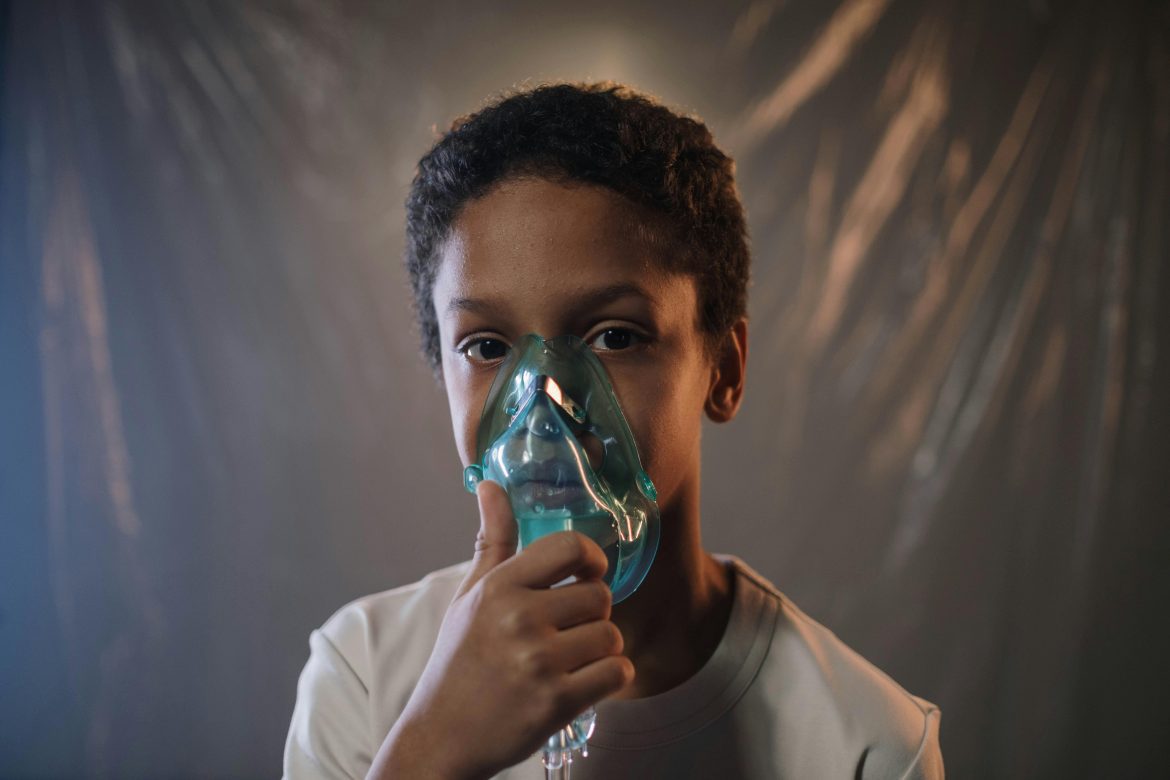Seeing your child struggle to breathe is every parent’s worst nightmare. With South Africa having some of the highest asthma rates in the world, this fear is a daily reality for many families. If you care for a child with asthma, it’s essential to recognise the signs of an asthma emergency — and to know what to do when every second counts.
Why Emergency Awareness Matters
“All caregivers of children with asthma must be provided with clear, written instructions by their treating doctor outlining exactly what to do during an acute exacerbation – a severe and potentially life-threatening asthma attack,” says Dr Refiloe Moreke, paediatrician at Netcare Garden City Hospital.
According to the Global Asthma Report, asthma is the most common non-communicable disease among children and teenagers in Africa, yet it is often underdiagnosed.
“Acute asthma attacks in children typically present with an expiratory wheeze and varying degrees of respiratory distress,” explains Dr Moreke. “It is important for parents and caregivers to recognise these signs early and seek medical help timeously.”
Signs of Breathing Trouble to Watch For
If your child shows any of the following symptoms, it could mean they are struggling to breathe and need help immediately:
• Fast or laboured breathing
• Shortness of breath
• A worsening or persistent cough
• Tightness in the chest
• Muscles in the neck, shoulders or chest work harder when breathing
• Fatigue or weakness
• Difficulty feeding (especially in infants and toddlers)
What to Do During an Asthma Attack
“When a child’s caregiver recognises the onset of an asthma attack, the first step is to administer the child’s quick-relief or bronchodilator medication immediately,” advises Dr Moreke. “A second dose can be given 20 minutes later if symptoms persist.”
“For severe attacks, parents or caregivers should immediately call for an ambulance or take the child to the nearest emergency department while continuing to administer the quick-relief medication,” she says.
Create and Share a Clear Action Plan
Dr Moreke stresses the importance of preparation and communication. “Parents should alert their child’s school and all other caregivers if their child has asthma, and share a written treatment plan to be followed in case of emergency. This plan should also include a list of potential triggers.”
She adds, “A comprehensive asthma action plan is vital. It ensures caregivers know what medications to use, how to recognise early warning signs, and how to respond effectively — bridging the gap between daily management and emergency care.”
Diagnosing Asthma in Young Children
Diagnosing asthma in young children can be challenging because symptoms often overlap with other respiratory illnesses. “Younger children may also struggle to perform diagnostic tests like spirometry,” notes Dr Moreke.
A detailed medical history and thorough examination are key. “Parents should share information about family history of asthma or allergies, and details such as when wheezing or coughing occurs — especially at night, after exercise, or following exposure to allergens like grass, mould, dust mites, or pets,” she says.
Spirometry, which measures how much and how quickly air is exhaled, helps confirm asthma in older children. “Unfortunately, this test cannot be performed in children under five years old, which makes diagnosis more complex,” she explains.
Understanding and Avoiding Triggers
“Asthma is easier to manage when parents know their child’s triggers and take steps to reduce exposure,” says Dr Moreke.
Common asthma triggers include:
• Respiratory infections
• Allergens such as house dust, mould, grass, and pet dander
• Tobacco smoke
• Changes in temperature or weather
• Physical activity
• Emotional stress
“Some triggers can be identified through allergy testing or by tracking symptoms after exposure,” she adds. “For triggers that are harder to avoid, like exercise or environmental allergens, parents should work with their doctor to adjust medication as needed.”
Preparedness Saves Lives
“Informed parents, grandparents, and caregivers are crucial to keeping asthmatic children safe,” says Dr Moreke. “We can never assume someone will know what to do in an emergency. Clear communication, written plans, and regular reviews with your healthcare provider can make all the difference.”






